While every other provider, vendor and “expert” is shouting about Digital Supply Chain “Disruption” in your ears if you probe them, few will be able to explain what the Disruption process is – and the more critical aspect – that most of the disruptive technologies eventually become demonetized and democratized and the “cutting edge” solution that you are planning to buy will eventually become a common tech.
In order to make sure that the investment you make in building the Supply Chain of the future is optimal, you need to understand the journey Disruptive technologies take. In this article, I will leverage the stages of Disruption, as defined in the book “BOLD” and apply them to a Digital Supply Chain context to illustrate the process. As far as my knowledge goes, this will be the first-ever application of the ideas in this book to the Digital Supply Chain domain.
The Five stages of Disruption: A Digital Supply Chain Perspective
The five stages of disruption defined in the book “BOLD” that are applicable to Supply Chain, are shown in the illustration below. In the subsequent sections, we will apply these five stages to a Supply Chain scenario to understand the journey of Digital Supply Chain disruptions. See Appendix below for a summary about the book “BOLD”.
Our example scenario
We will use the example of a hypothetical company, TransPredict. TransPredict leverages IoT generated data and Machine Learning models to optimize Supply Chains. As we go through each stage of disruption, we will see how TransPredict’s operating model evolves, starting out as a disruptive technology and eventually gets democratized. If you are curious, the appendix section below has a link to one of my articles explaining this business model.
The First Stage – Digitization
Digitization is essentially converting the manual aspects, specifically information sharing into a Digital format. Any company or process that gets Digitized gets on the exponential growth curve since the information now becomes easy to access, share and distribute.
For our company TransPredict, it will be building an infrastructure to generate and collect real time data from IoT devices on Supply Chain and Logistics assets. An Example infrastructure is shown in the illustration below:
The Second Stage – Deception
This is the stage where the process or organization is getting digitized or has just got digitized. Typically, in this stage, a logistics organization has developed end to end visibility (like the infrastructure setup shown above) and has started leveraging that data. The setup then extends to platforms that start leveraging the data being collected in the Data Lake.
The growth at this point is slow enough to be deceptive (since exponential growths do not grow very fast at first but take off after it breaks the whole-number barrier, as shown in the example below). This allows the organization to stay under the radar until it starts the true exponential growth – hence the stage name “Deception”.
The Third Stage – Disruption
This is the stage where the existing market for a product or service is disrupted by the new market the exponential technology creates. At this stage, TransPredict which has leveraged the real-time data to develop Machine Learning models has started offering predictive logistics services to companies.
As the new offering hits the market, the adoption and growth start increasing exponentially and the company has moved into a Disruptive stage.
The Fourth Stage – Demonetization
In this fourth stage, the technology becomes exponentially mature and becomes cheaper, often to the point of being free.
In our example, Customers eventually become used to the services provided by TransPredict. Multiple other companies mushroom and soon this capability becomes common. Eventually, Logistics Services Providers start offering this as a standard feature in their 3PL and 4PL services, leading to the Demonetization of this capability.
The Fifth Stage – Democratization
Democratization is a scenario where this technology becomes so commonplace that the usage gets adapted by not only organizations but the common consumers. Unlike delivery tracking where we can currently see which was the last station where our package was handled, the democratization of this technology will allow us to see the movement of the asset carrying our package in real-time.
What is the “Blockchain of Things”?








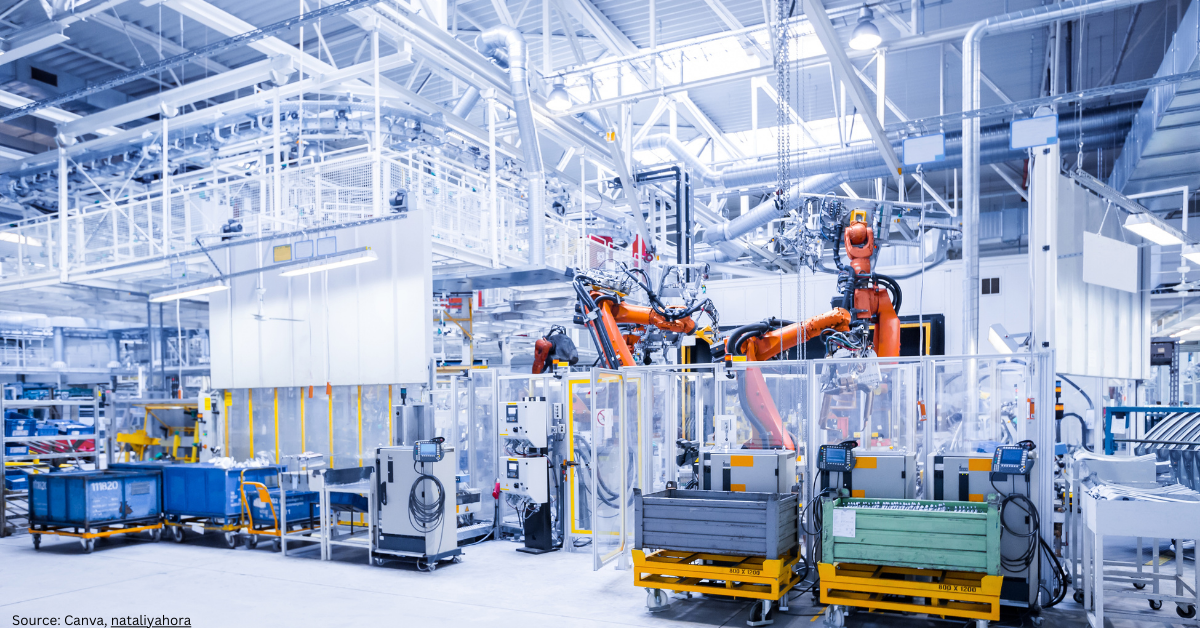



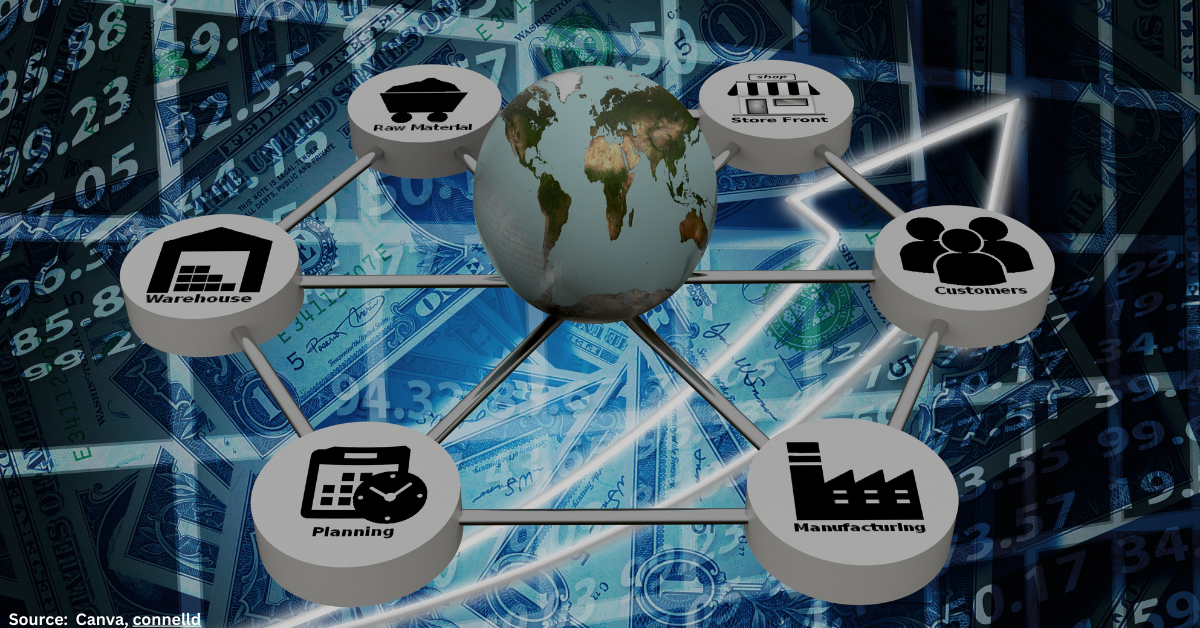






















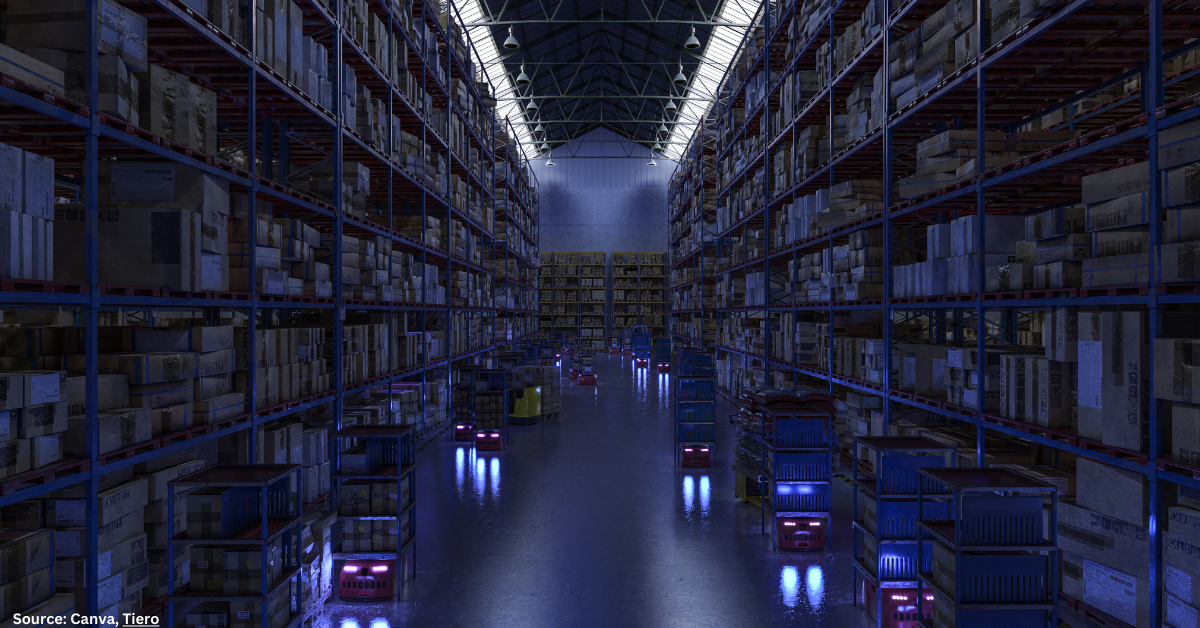
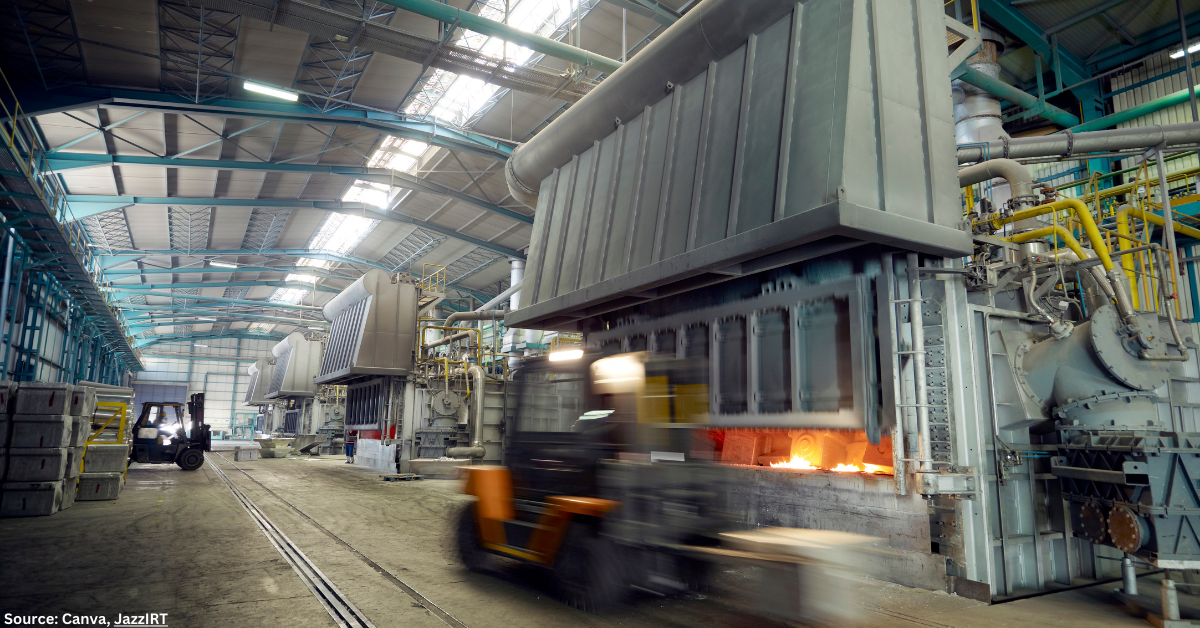







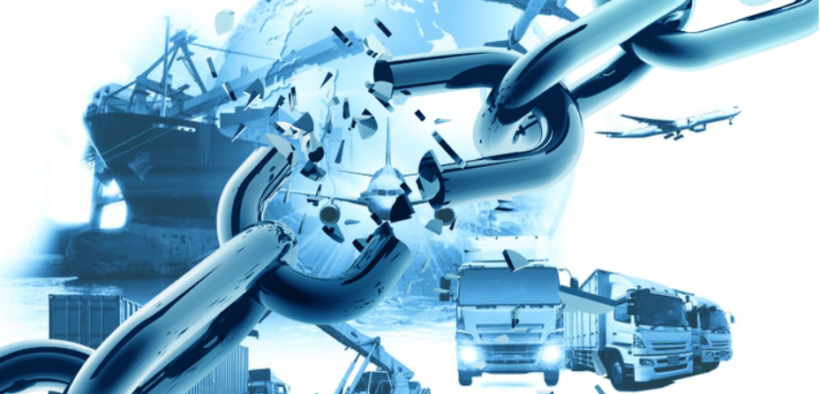























Follow us on social media